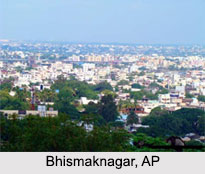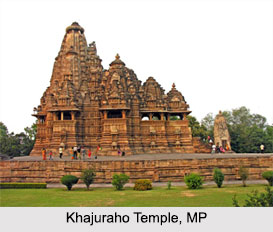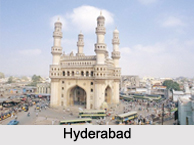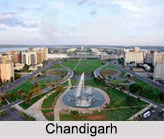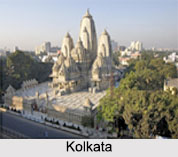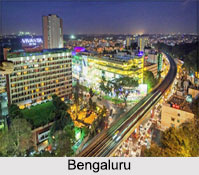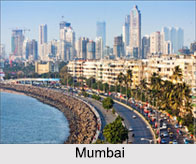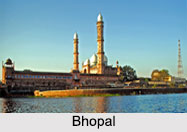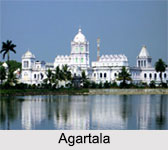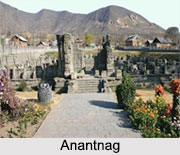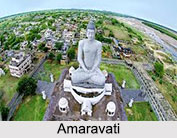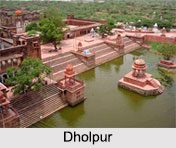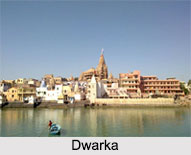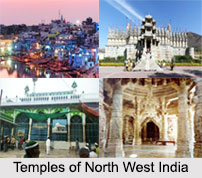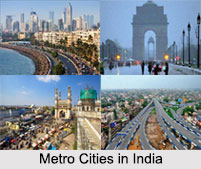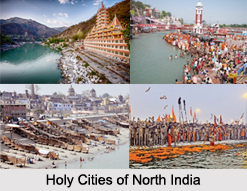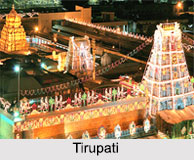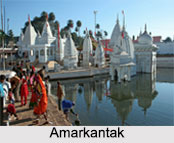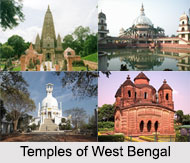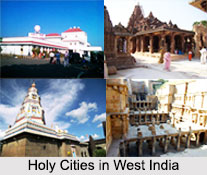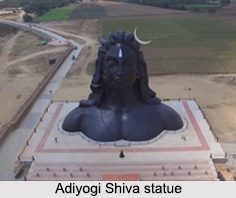 Dedicated to the Hindu deity Lord Shiva, the Adiyogi Shiva statue is a 34 m tall structure, which is minus the plinth and is 45m long and about 7.62 m wide, weighing about 500 tonnes. The statue is designed by Sadhguru Jaggi Vasudev, who is the founder of the Isha Foundation and is built with white Thirunamam at Coimbatore in the state of Tamil Nadu. It is built by Sadhguru"s foundation and is currently included as a consecration destination by the Indian Ministry of Tourism.
Dedicated to the Hindu deity Lord Shiva, the Adiyogi Shiva statue is a 34 m tall structure, which is minus the plinth and is 45m long and about 7.62 m wide, weighing about 500 tonnes. The statue is designed by Sadhguru Jaggi Vasudev, who is the founder of the Isha Foundation and is built with white Thirunamam at Coimbatore in the state of Tamil Nadu. It is built by Sadhguru"s foundation and is currently included as a consecration destination by the Indian Ministry of Tourism.
The word Adiyogi means "the first yogi" and since Lord Shiva is known as the originator of yoga, the Adiyogi Shiva statue is said to promote and inspire yoga. The statue was inaugurated on 24th February, 2017 by the Prime Minister of India, Narendra Modi on the occasion of Maha Shivaratri.
Description of Adiyogi Shiva Statue
Since the statue is sponsored by the Isha Foundation, it is situated within the Isha Yoga complex in Coimbatore at the foothills of the Velliangiri Mountains, which is a range of the Western Ghats. It took over 2 years to design the statue but was manufactured within 8 months with the bust being cast in steel.
The height of the Adiyogi Shiva statue is 112 ft, which symbolizes the 112 possibilities to attain moksha or liberation that are mentioned in the yogic culture. Another representation of the height by Sadhguru is that it also denotes the 112 chakras in the human system. This Adiyogi Shiva statue in Coimbatore is the first of the three statues that the Isha Foundation plans to construct in the eastern, western and northern parts of India basically in Varanasi, Mumbai and Delhi.
In front of the statue a linga called the Yogeshwar Linga was consecrated through the ceremony of prana pratishtha. The linga has 5 chakras: Muladhara (root chakra), Svadhishthana (sacral chakra), Manipura (solar plexus chakra), Vishuddhi (throat chakra) and Ajna (third eye chakra), all of these five chakras have 16 dimensions. But there is no Anahata (heart chakra) to signify that the yogi is above the bounds of emotional constraints.
Inauguration of Adiyogi Shiva Statue
Before the construction of the Adiyogi Shiva statue, a 6.4 m version of the same statue was unveiled at the Isha Yoga Centre on the occasion of Guru Purnima in the year 2014. This 30 tonnes version was also made out of steel and was constructed in a span of 3 months by a team of 15 people. On 30th January 2017, a replica model of the same statue was taken out in a procession.
The main statue of the Adiyogi Shiva was inaugurated by Narendra Modi on the religious occasion of Maha Shivaratri on 24th February, 2017. He also inaugurated a book written by Sadhguru and Arundhathi Subramaniam named “Adiyogi: The Source of Yoga†and lit the ceremonial fire for the maha Yoga Yagna. The inauguration ceremony was attended by notable dignitaries like politicians and celebrities alike. The Adiyogi Shiva statue was unveiled with an original song "Adiyogi - The source of Yoga", which was sung and composed by Kailash Kher and written by Prasoon Joshi.
